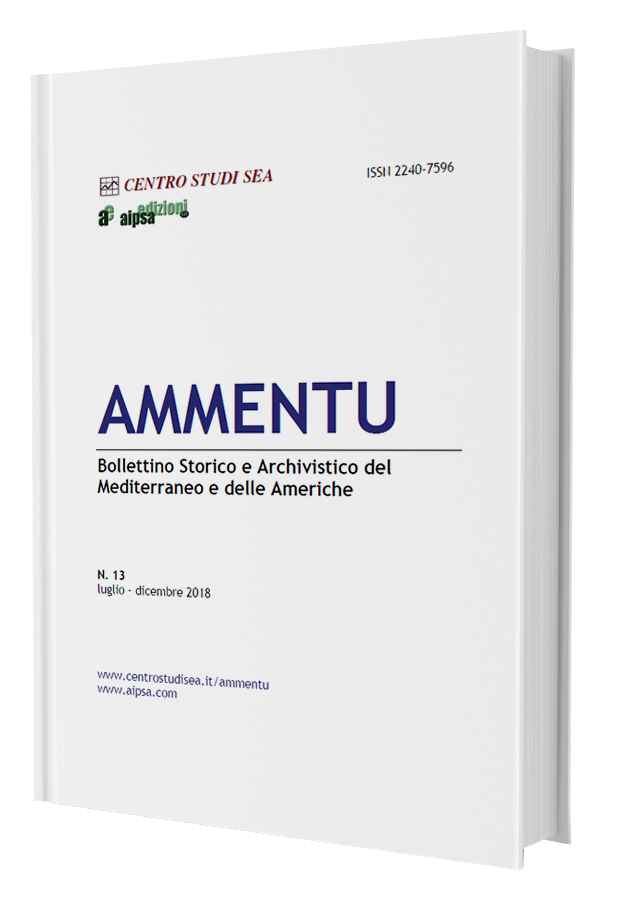Intersubjective constructions between an Autism Spectrum Disorder student and his peer group
DOI:
https://doi.org/10.19248/ammentu.327Keywords:
intersubjectivity, peer groups, Autism, Spectrum Disorder, family, othernessAbstract
People with Autism Spectrum Disorder (ASD) have a differentiated way of perceiving the world, to walk through it, what they perceive, and the way in which they relate to other people in different contexts such as school and family. The literature suggests that one of the greatest difficulties that people with this condition face is the effectiveness of social relations in the context of schooling, because despite the fact that they manifest desires to adapt to it, they are exposed to exclusion situations. This study is developed within these difficulties. It is oriented to explore the intersubjective constructions of a group of pairs and students with ASD that are in a professional technical training level in the city of Temuco, southern Chile. 11 participants were studied, a student with ASD, 8 peers from their peer group, his mother and brother. The analysis of the results was carried out using ATLAS.ti version 7.0. It is concluded that the young person with ASD states that the others are the ones who must have an empathetic attitude of understanding and respect to interact with him. Therefore, the intersubjective construction is generated in the others through an inclusion process, which becomes a facilitator to help the student adapt socially. The others are the ones who must have an ethical responsibility from the otherness. They must have an attitude of empathy and inclusion towards people who are different, overcoming stereotypes and prejudices, which turn into discrimination.Downloads
Published
2018-12-31
Issue
Section
FOCUS - Salud, bienestar humano y medio ambiente en Chile
License
Note on the copyright
The Copyright Notice below must be included with the journal information and in the metadata for each published article. Although every journal can freely determine the nature and scope of the copyright agreement with its authors, the Public Knowledge Project recommends the use of a Creative Commons license. For these purposes, an example is provided and may be copy and pasted in the space below for those journals that (a) offer open access, (b) offer deferred open access or (c) do not offer open access.









